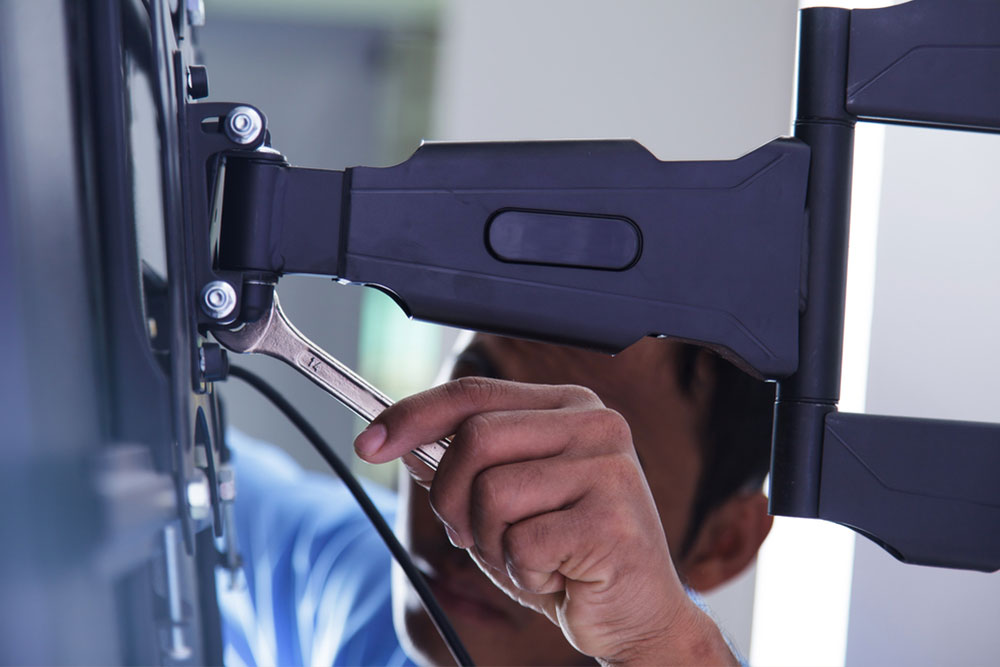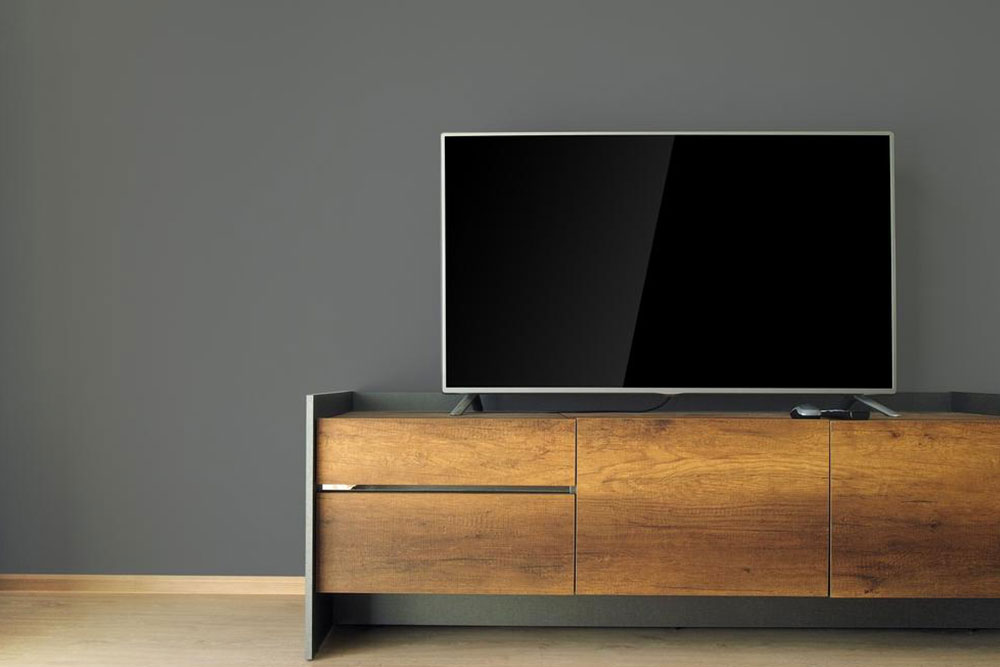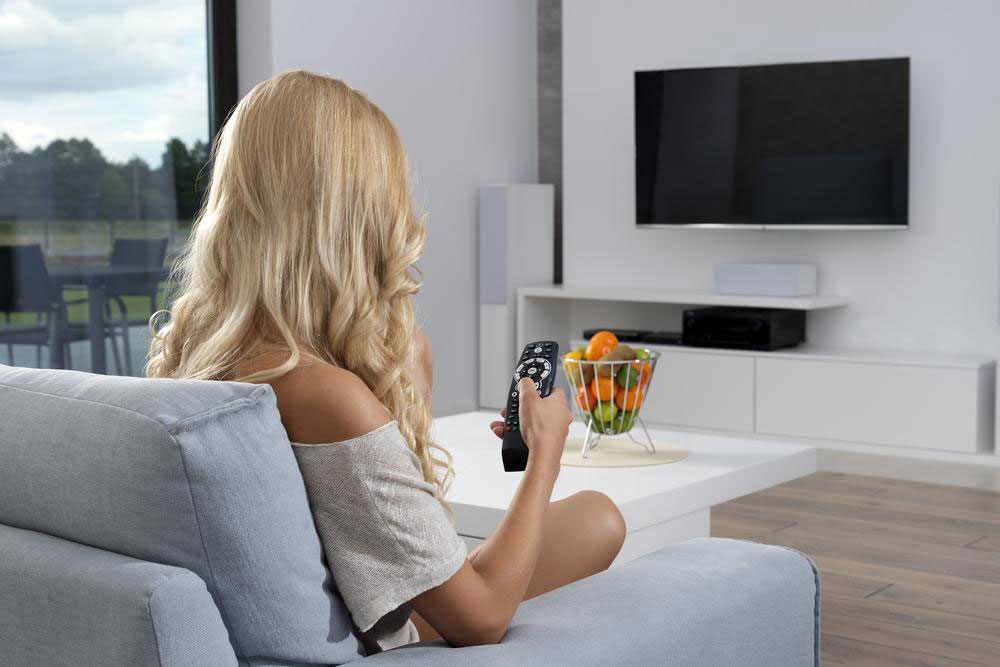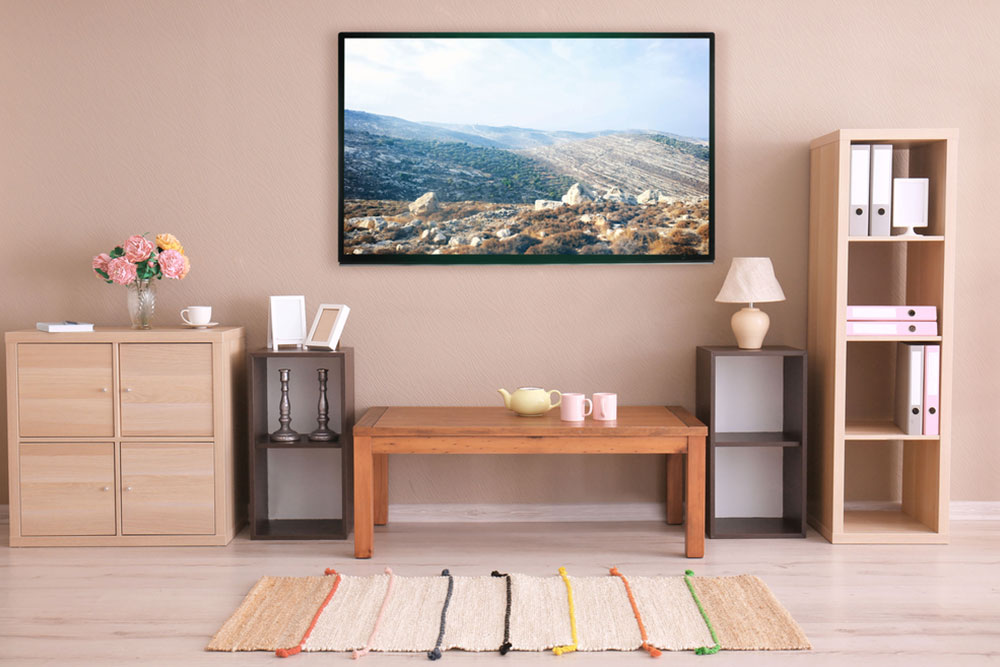Comprehensive Guide to Measuring Your Living Space for Perfect TV Placement and Installation
This comprehensive guide explains how to accurately measure your living space for optimal TV installation. From understanding TV dimensions to selecting the right size based on room layout and furniture, discover essential tips to create a perfect entertainment setup. Ensuring appropriate measurements helps in choosing a TV that complements your décor while providing a comfortable viewing experience. Learn the best practices for measuring diagonally, considering aspect ratios, and determining ideal viewing distances for different TV sizes. Elevate your home entertainment with well-planned TV placement strategies.

Comprehensive Guide to Measuring Your Living Space for Perfect TV Placement and Installation
Creating a stylish and modern entertainment area begins with choosing the right television size and ensuring it fits seamlessly into your living space. Whether you're upgrading to a sleek 40-inch or 43-inch model or integrating a larger screen, precise measurements are crucial for both aesthetic appeal and functional setup. This detailed guide will walk you through the essential tips to accurately measure your living space, understand TV dimensions, and achieve the perfect installation that complements your room's design while providing an optimal viewing experience.
Knowing how to measure your space correctly can prevent purchasing a TV that overwhelms your room or ends up too small, disrupting your interior harmony. The process is simple but must be done carefully, similar to the ease of tying shoelaces — straightforward yet important for ensuring everything fits well. Below, you'll find comprehensive tips and insights into measuring your living room for TV installation, along with helpful advice on selecting the right size based on your existing furniture, room layout, and personal preferences.
Accurate Measurement Tips for Your Living Room
When measuring your space for a new television, focus on the diagonal measurement of the screen, which includes the bezel or frame of the TV. Use a tape measure to measure diagonally from one corner of the screen to the opposite corner, ensuring that you include the entire viewing surface and frame, not just the screen itself. It's a common mistake to measure only the screen or only the bezel, which can lead to incorrect sizing and misfit issues during installation. Remember, a 40-inch TV refers specifically to the diagonal measurement of the display, not the width or height alone.
To determine if a specific TV will comfortably fit in your space, measure the entire area where the TV will sit or be mounted. This includes considering the width, height, and depth of the unit, as well as the available clearance around it. For instance, a typical 46-inch television measures approximately 44.5 inches wide and 25 inches tall, but these dimensions can vary slightly depending on the manufacturer and bezel thickness. Ensure the measured dimensions fit within your existing furniture, such as a cabinet or wall space. If your cabinet is 45 inches tall, selecting a slightly smaller TV—perhaps a 40-inch model—can create a balanced, harmonious appearance, avoiding overcrowding or awkward proportions.
It's equally important to consider the aspect ratio of your TV. The traditional 4:3 aspect ratio has been largely replaced by the wider 16:9 format, which offers a more cinematic viewing experience. To estimate the approximate size of a modern widescreen TV equivalent to older models, multiply the diagonal measurement by 1.22. This quick calculation helps you visualize the screen's width and height, enabling you to choose a TV that complements your room dimensions and enhances your viewing pleasure.
Furthermore, the optimal viewing distance plays a vital role in creating an enjoyable entertainment environment. It is generally recommended that you sit approximately 1.2 to 2.5 times the diagonal size of your TV away from the screen for the clearest picture and minimal eye strain. For a 40-inch TV, a distance of about 5 to 8 feet is ideal; for larger models like a 46-inch, maintaining a distance of around 5.75 to 9 feet ensures comfort and an immersive experience. By taking these measurements into account, you can set up your TV setup thoughtfully, balancing room aesthetics with functional viewing comfort.
In summary, thorough measurement is the foundation of a perfect TV setup. Take your time to measure diagonally from corner to corner, account for the entire unit size, and consider your room's furniture and layout. Matching your TV size to your space not only elevates your room's design but also enhances your viewing experience, making every movie night or game day moment truly enjoyable. Proper planning upfront reduces the need for adjustments later and helps you select a TV that aligns seamlessly with your living room’s aesthetic and functional requirements.





